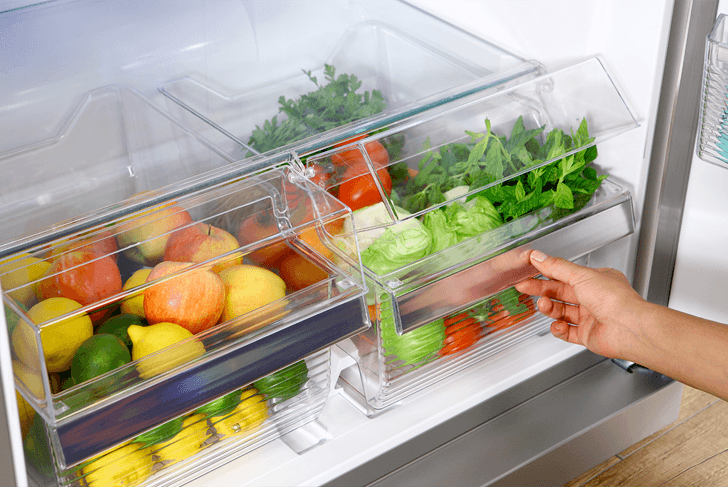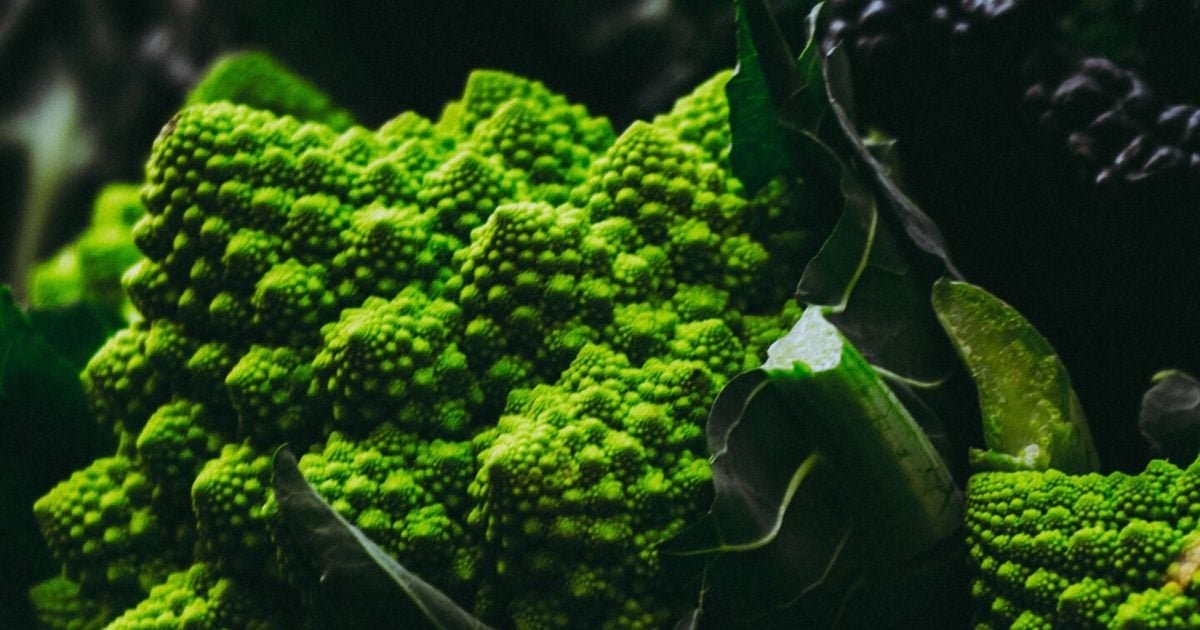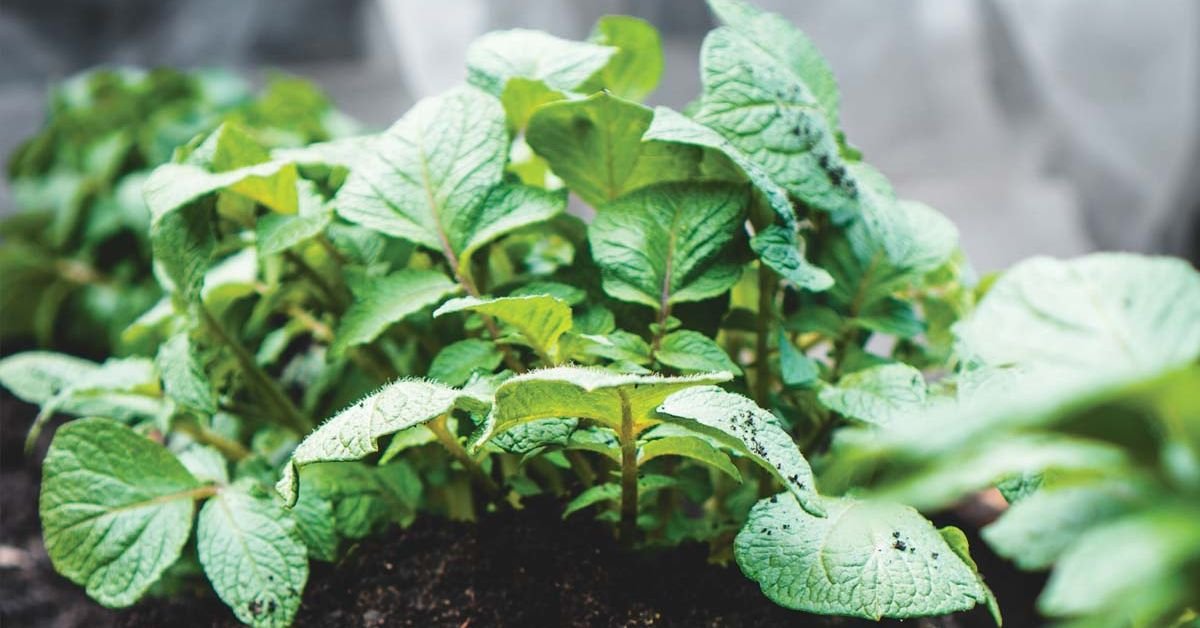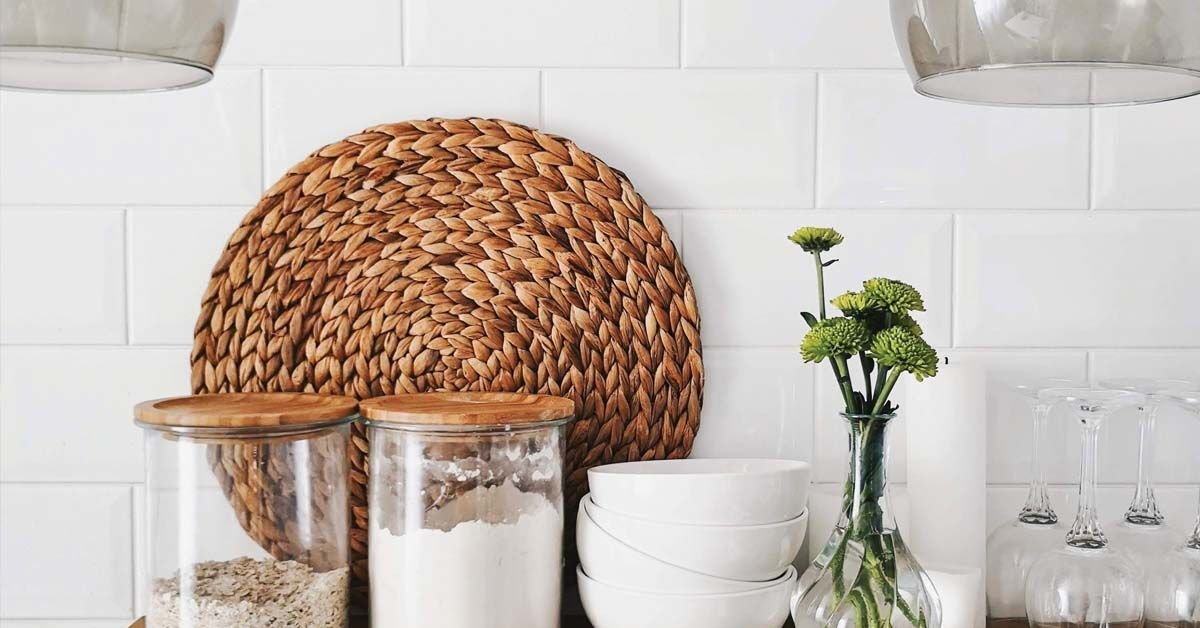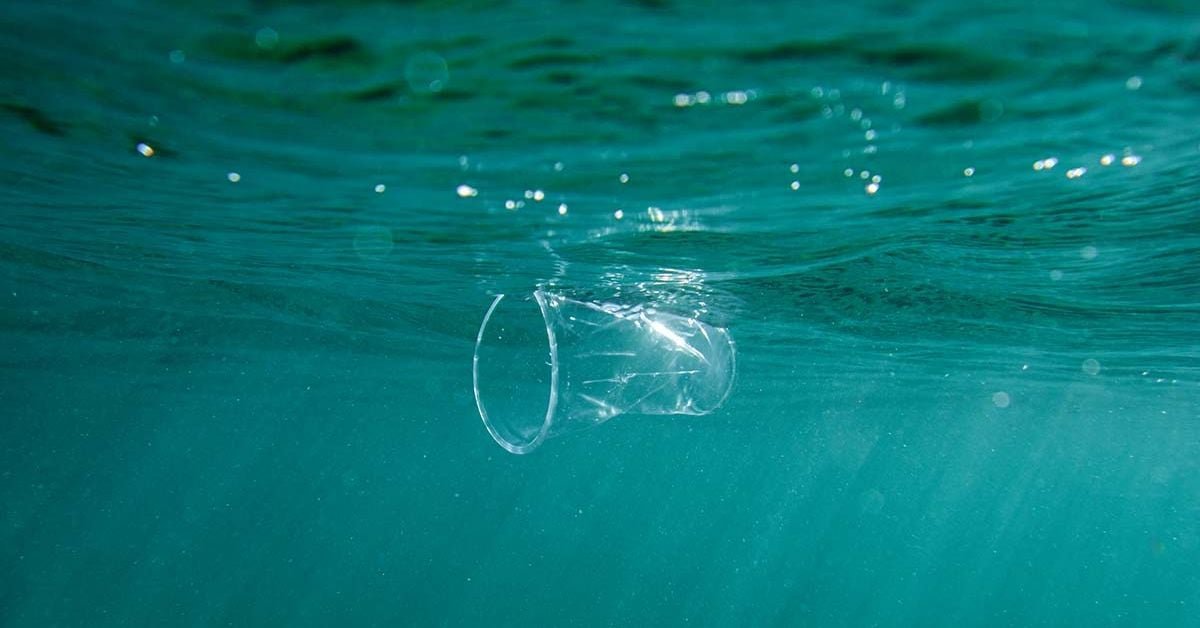Keep Certain Produce Dry
Most fruits and vegetables thrive in cold and moist conditions, like those found in a refrigerator. However, some types prefer a slightly warmer environment at about 55°F, which can extend their shelf life. These include:
– cucumbers
– eggplant
– onions, garlic, and shallots
– peppers
– potatoes
– squash
– tomatoes
It’s important to note that while potatoes and onions are often used together in cooking, they should not be stored together, as potatoes release moisture that can spoil onions.
Keep Some Produce Wet
Certain fruits and vegetables benefit from a bit of moisture. For example, store scallions upright in room-temperature water with their roots submerged. Asparagus can be preserved like a bouquet by trimming the ends and placing it upright in a water-filled glass in the fridge. Whole carrots and celery stay crisp when stored in covered water containers in the refrigerator. Change the water every few days to keep them fresh. To revive wilted herbs or greens, trim the stems and place them in a jar of water.
Separate Gassy Produce
The saying “One rotten apple spoils the whole barrel” highlights how some fruits can influence the ripening of others. Apples, bananas, peaches, peppers, and tomatoes emit ethylene gas, which accelerates ripening and can lead to spoilage of nearby produce. While this gas can aid in ripening underripe avocados, excessive buildup can contribute to waste.
Bag It Up
Storing fruits and vegetables in mesh bags is ideal as it allows air circulation while retaining moisture. This method works well for grapes, berries, cherries, broccoli, cabbage, and celery. For optimal freshness, keep different types of produce separated in distinct crisper drawers.
Wrap It Up
Delicate items, such as herbs and some microgreens, require careful storage. Remove any rubber bands or ties, wash them gently, and dry them thoroughly using a salad spinner or clean dish towels. Then wrap the herbs in a dry paper towel and place them into a resealable bag or container.
Use the Softest Produce First
Prioritize consuming the most perishable items first, such as mixed greens, tomatoes, and stone fruits, which should be eaten within a few days. These items spoil quickly unless frozen. Reserve longer-lasting produce like squash, potatoes, onions, and melons for later use, as they can last for two to three weeks when stored properly.
Know the Zones
Before storing produce, understand your refrigerator’s temperature zones. The top shelf is warmest, while the bottom shelf is the coldest. Keep produce that is sensitive to colder conditions, like cucumbers, squash, eggplant, and peppers, on the top shelf. Store more delicate items like greens and grapes in the crisper, where humidity levels can be adjusted.
Give Them Their Space
Just like people, produce needs space. Avoid overcrowding storage drawers or bins, as this can damage soft-skinned fruits like peaches and tomatoes. Ensuring adequate airflow around produce helps evaporate excess moisture, which can prevent mold growth. Keeping them visible also increases the likelihood of them being used before spoiling.
Refrigerate Ripe Produce
To maintain freshness and flavor, place ripe fruits like avocados, apricots, melons, stone fruits, and bananas in the refrigerator. If you need to expedite ripening, put the produce in a brown paper bag at room temperature until desired ripeness is achieved, and then store them in the fridge.
Freeze for Later
Freezing is an excellent method to preserve produce for future use. If you cannot consume all your fresh fruits and vegetables before they spoil, freezing is a great option. Frozen fruits, berries, spinach, and kale are perfect for smoothies, while frozen vegetables work well in soups, chilis, or casseroles. Properly sealed, most produce can last up to three months in the freezer. For cooking inspiration, look for recipes and tips for utilizing frozen foods.


